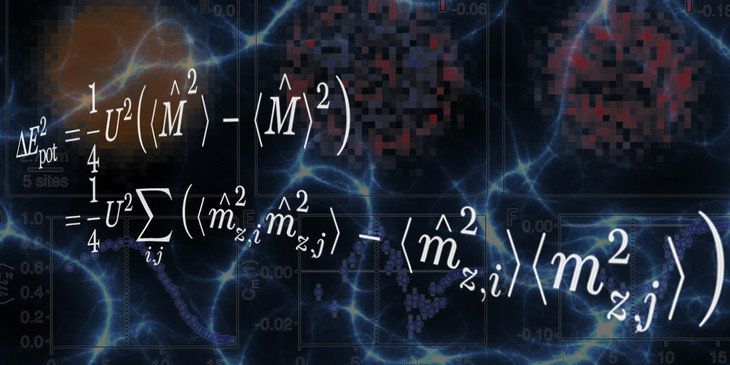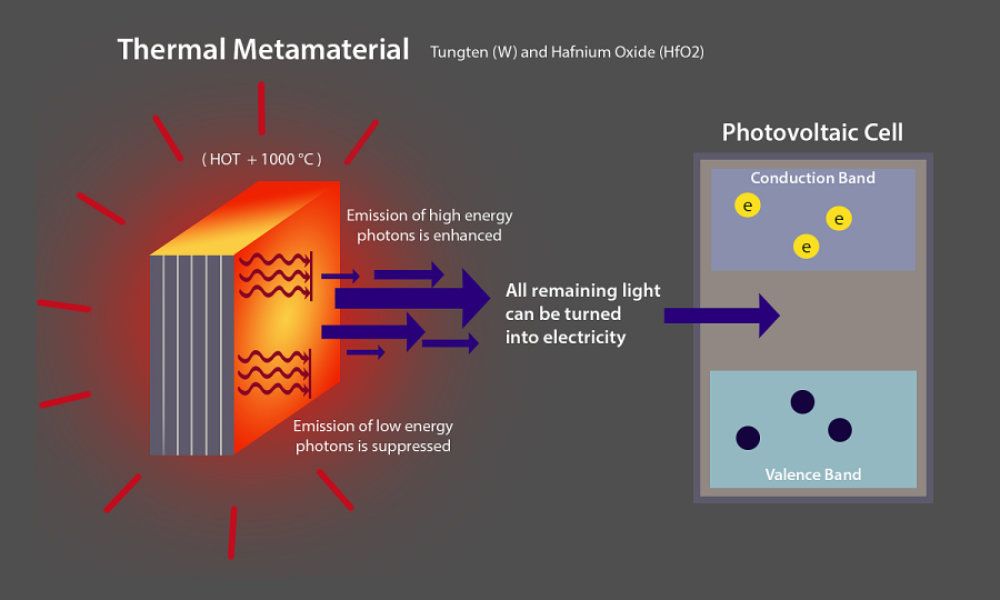Sep 27, 2016
NASA just detected high-energy X-rays in space that don’t come from any known source
Posted by Shane Hinshaw in categories: energy, space
A NASA-funded study has solved a longstanding mystery over the origin of X-rays that permeate space in our Solar System, but in doing so, it’s also discovered an entire group of high-energy X-rays that can’t be explained.
The research comes from a new analysis of data recorded by NASA’s DXL rocket mission, which took flight in 2012 to settle the question of what creates these low-energy X-ray emissions – called the diffuse soft X-ray background – in our corner of the galaxy.
At the time, there were two central hypotheses. X-ray emissions were known to come from solar wind, but scientists also thought they might originate from what’s called the Local Hot Bubble – a theorised region of hot gas that envelops our Solar System. But which was correct?
















